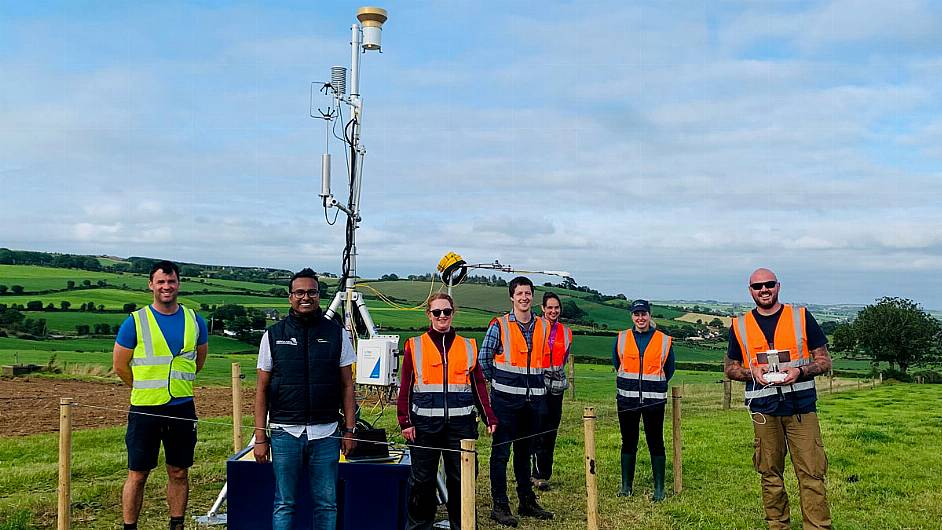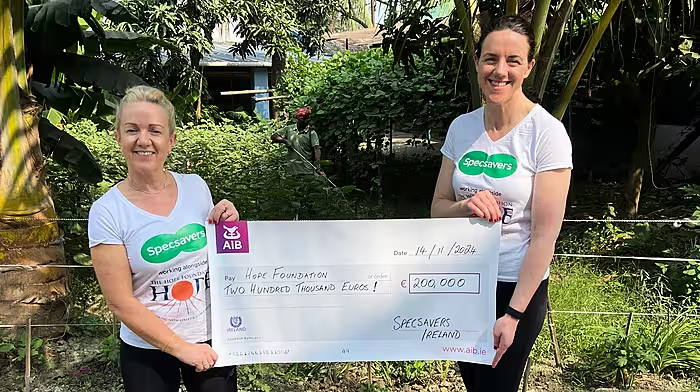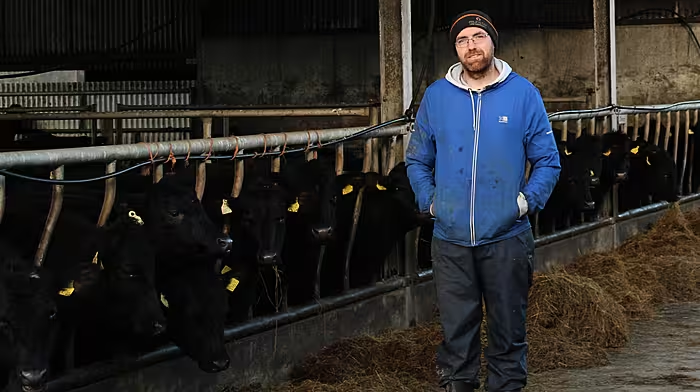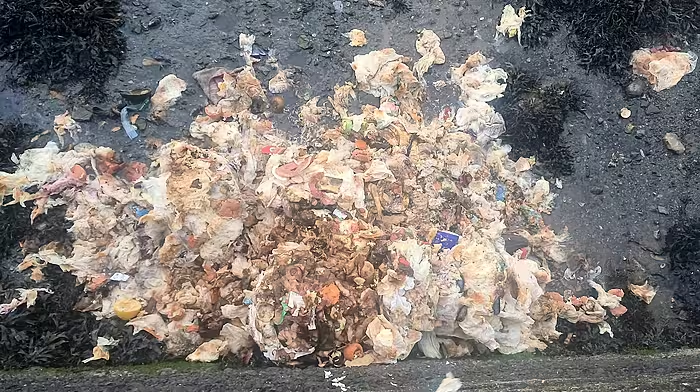BY Oisin Coakley
THE Agricultural Catchments Programme (ACP) has been conducting research and farm advice in Timoleague since 2009.
The programme’s purpose is to assess the Nitrates Directive measures by studying the influence that agriculture has on water quality. For 12 years now water quality and quantity has been monitored at a stream outlet-point continuously. Weather data is also recorded and can be accessed live on www.acpmet.ie.
Additionally we take monthly samples from ground-water wells and surface-water at 10 points up-stream from the outlet-point. The area is pre-dominantely grassland on a free draining soil and representative of some of the most intensively farmed dairying areas in Ireland.
The programmes funders, the Department of Agriculture, Food and the Marine (DAFM) have asked to expand its current monitoring of water quality to include greenhouse gases (GHG), ammonia emissions and soil carbon sequestration.
The agricultural sector accounts for 35% of our national GHG emissions. Under the new Climate Act, agricultural GHG emissions need to be reduced by somewhere between 21-30% to fulfil the ambitious 51% reduction in national emissions required by 2030. This can be achieved by either reducing GHG emissions from farming activites or offsetting these emissions by increasing the amount of carbon stored in our soils.
Mini weather station
To monitor GHG emissions, an eddy covariance flux tower (ec-flux tower) with state-of-the-art technology has recently been installed on the grazing platform of a dairy farm in the Timoleague catchment. The ec-flux tower is equipped with analysers that measure the amount of carbon dioxide (CO2), water vapour (H2O) and methane (CH4) exchanged between the land surface and the atmosphere.
The entire structure resembles a mini weather station, and has additional instrumentation to measure soil moisture, soil temperature, rainfall, relative humidity and light/radiation.
This tower is part of a larger network of 17 towers across the country, called NASCO, the National Agricultual Soil Carbon Observatory.
It will enable us to accurately assess carbon sequestration according to climatic conditions, soil type and agricultural management practices. Data from the towers are combined with soil sampling and analysis for carbon, and will be used to more accurately calculate how agriculture is progressing towards achieving its GHG reduction targets.
Lysimeters
This past summer devices called lysimeters were installed below the ground surface on two farms in the Timoleague catchment to monitor soil water quality. Soil water draining from below the root zone in grazing fields will be collected for analysis. Lysimeters allow us to measure both the amount of water drained through the soil, and to the concentration of different nutrients in that water, such as nitrogen and phosphorus. Nutrients leached below the root zone have not be taken up by growing plants and in addition to being an unnecessary cost to the farmer, thay can be lost to the environment.
For example, excess nitrate in soil solution may reach the groundwater, which is then discharged to rivers via springs. This excess nitrogen can reduce water quality and have an impact on the ecology in estuaries. Timoleague is the first ACP catchment where soil solution will be monitored in this manner.
All this research could not take place without the support of the farmers in the catchment. Our gratitude as a programme for the good relationship and accomodation from the farmers really cannot be underestimated. This type of research is usually carried out in controlled conditions in research centres. The lysimeter sampling in Timoleague is the first time this type of work is carried out on commercial farms in Ireland. Environmental research on commercial farms in realistic farming conditions gives invaluable data about the fate of nutrients under different farming practices.
Thank you to all farmers in the area who continue to support us, now for more than a decade.
• Oisin Coakley is the agricultural advisor to farmers in the Timoleague Catchment area. He is based in the Teagasc Advisory Office in Clonakilty Agricultural College.







